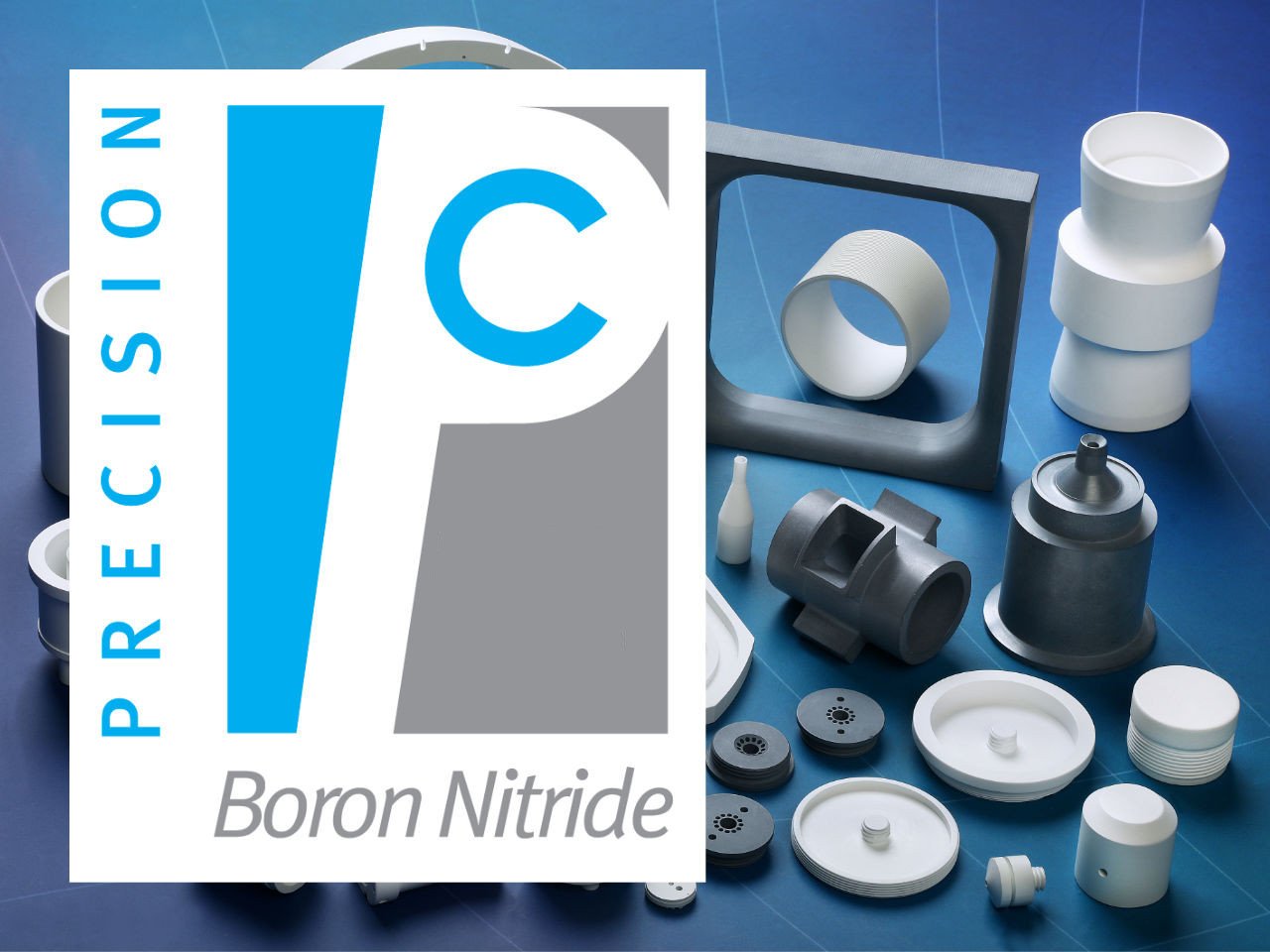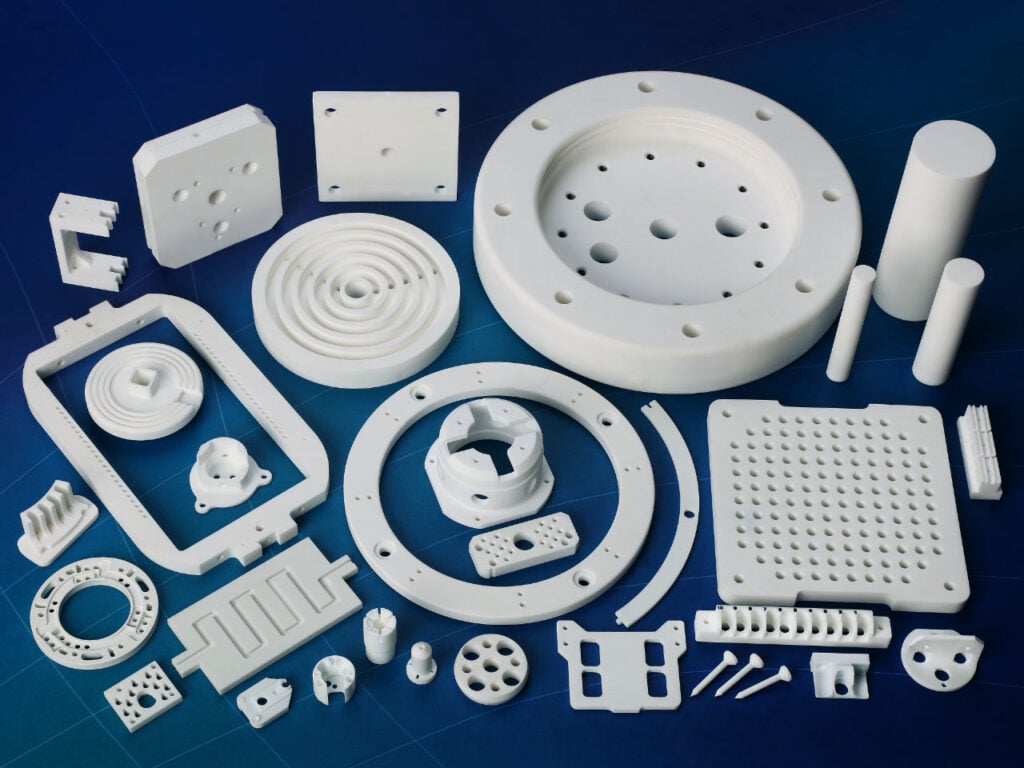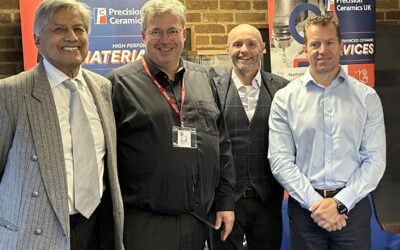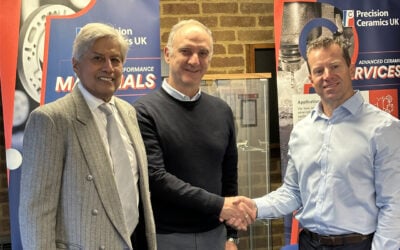Exploring Advanced Ceramic Technology in Aerospace and Space
Since 1992 when the company first started trading, Precision Ceramics has been involved in many novel and unusual applications for advanced ceramics in markets as diverse as aerospace, automotive, opto-electronics and nuclear power.
All have two factors in common; the quality and reliability of the advanced ceramic products we’ve developed for them. And based on this knowledge, our reputation as a solution provider is well charted and highly respected, a fact mirrored in the ever-widening diversity of markets we serve.
In aerospace, one of our early projects was the development of several highly complex ceramic components for British Aerospace’s Concorde engine management system (pictured above). Manufactured from Macor Machinable Glass Ceramic, the unique qualities of Macor – high use temperature, low thermal conductivity and excellent electrical insulator – guaranteed the reliability and high performance required for such a specialist application.

Macor was also the chosen material in a similar application for BA’s Tornado GR4 all-weather attack aircraft which is used by several RAF Squadrons throughout the United Kingdom (left).
Macor is an outstanding engineering material and whilst a relatively hard technical ceramic, is machined using ordinary metalworking tools.
A Corning Incorporated development and originally manufactured in the USA (now in France), Macor made its space debut when it was used as a base material for a series of highly complex components in the US Space Shuttle programme between 1972 and 2011.
Precision Ceramics is Corning’s leading UK distributor for Macor.
Nowadays, ceramics are used more and more in aerospace applications. Most recently, our ceramics have found fame in the thrusters of micro spacecraft and mini satellites used for space exploration.
It’s one of the more interesting uses for another of PC’s key products, Boron Nitride, an advanced synthetic ceramic material available in powder, solid, liquid and aerosol spray forms.
In this latest application, Boron Nitride is used to line the chamber wall where the ‘magic’ takes place (See diagram below). Being non-wettable by molten metals, it has a low sputtering yield giving it a longer life when compared to other materials such as stainless steel, alumina and borosil (BNSiO2). It is also able to better withstand the constant bombardment of xenon ions that generate the thrust.

The Boron Nitride ‘Walls’ engineered and supplied by Precision Ceramics for the thrusters of micro spacecraft and mini satellites used for space exploration.
One other bonus is the fact that is also a relatively lightweight material, a major factor when considering anything being used for space exploration.

Related Topics

Boron Nitride
Boron Nitride Grades
Boron Nitride (BN) is an advanced synthetic ceramic material available in solid and powder form. It has outstanding thermal conductivity, electrical insulation and thermal properties and is easy to machine.

Macor®
Machinable Glass Ceramic
Macor is a hybrid glass-ceramic with the machinability of a metal, and the performance of an advanced technical ceramic. Macor is an excellent thermal and electrical insulator.

Space Industry
Precision Ceramics has been a major player in this developing technology for many years and have worked consistently with our partners in Europe, the UK and USA to develop the latest propulsion and electrical insulation technology.





